
A Practical Guide to Addressing Dual Shareholder Challenges in U.S. Company Registration
How to Easily Navigate the Challenges of Registering a U.S. Company with Two Shareholders
Starting a business in the United States is a dream for many entrepreneurs, and company registration is the crucial first step that often determines the future operational model and management structure. For those looking to establish a partnership with two shareholders, the registration process presents unique challenges. When differences arise regarding capital contributions, role definitions, or decision-making authority, even minor missteps can lead to long-term complications.

According to a recent report by The Wall Street Journal, new business registrations in the U.S. increased by approximately 8% year-over-year in 2025, with small businesses and startups leading the growth. Dual-shareholder structures are especially common in industries such as technology, food services, and consulting. However, many early-stage startups have also faced partnership breakdowns due to uneven equity distribution or unclear responsibilities-some even failing as a result.
So how can we effectively address these potential issues when registering a U.S. company with two shareholders? Here are five practical strategies
1. Clearly Define Capital Contributions and Equity Distribution
When registering a company in the U.S., the capital contribution from each shareholder directly affects their share of ownership. Equal equity splits can become problematic if contributions-whether financial, technical, or otherwise-are unequal.
Before registration, it’s essential to clearly outline each partner's input, including monetary investment, intellectual property, or time commitment, and allocate shares accordingly. For example, one shareholder may provide all the initial funding while the other handles daily operations and product development. In such cases, a negotiated equity split based on value contributed is key.
It’s advisable to document these details in the Operating Agreement, specifying each shareholder’s method of contribution, amount, and percentage of ownership to prevent future disputes. Additionally, setting up an Option Pool can offer flexibility for future talent acquisition or internal equity adjustments.
2. Draft a Comprehensive Shareholder Agreement
Whether forming an LLC Limited Liability Company or a Corporation, a detailed shareholder agreement is a vital legal document in the U.S. This agreement should clearly define
Rights and obligations of each shareholder
Profit-sharing arrangements
Decision-making processes e.g., whether unanimous consent is required
Transfer restrictions
Dispute resolution mechanisms
As recommended by the American Bar Association ABA, this document should be drafted by a qualified attorney to ensure legal enforceability and comprehensive coverage of potential operational issues.
In dual-shareholder setups, the absence of a clear agreement can easily lead to deadlock. For instance, a tech startup co-founded in California collapsed into months of conflict after the partners disagreed on strategic direction. Without a formal agreement, they ended up in costly litigation that disrupted business operations.
3. Choose the Right Business Entity and Governance Structure
Common U.S. business structures include Sole Proprietorship, Partnership, LLC, and Corporation. For two shareholders, an LLC is often ideal due to its flexibility and liability protection.
In terms of governance, dual shareholders can balance power by establishing a board of directors or management committee. For example, assigning roles such as CEO and COO allows each shareholder to manage separate business functions, while an independent advisor can assist in critical decisions.
Implementing regular meetings or introducing a third-party independent director can also help maintain open communication and resolve conflicts promptly. This approach minimizes the risk of one party dominating operations while preventing gridlock caused by disagreements.
4. Plan Exit Strategies in Advance
No matter how smoothly a partnership begins, there may come a time when one shareholder wishes to leave. It’s wise to plan for such scenarios during the registration phase.
Key elements of an exit strategy include
Buyback clauses
Drag-along or tag-along rights
Transfer restrictions
Valuation methods
These provisions should be clearly outlined in the shareholder agreement to minimize disputes later. For example, if one shareholder decides to exit, does the other have a right of first refusal? How will the share price be determined?
A CNBC report in 2025 highlighted a Texas-based startup that had a well-documented exit clause at formation. When one founder left for personal reasons, the transition was completed smoothly within two weeks, without disrupting operations.
5. Leverage Professional Services to Simplify the Process
Although the U.S. company registration process is relatively transparent, language barriers and unfamiliarity with legal procedures can pose challenges for first-time entrepreneurs.
Engaging professional service providers can significantly ease the burden. These agencies assist with everything from company name selection and state registration to EIN application and tax filing. They can also help draft essential documents like shareholder agreements and operating agreements to ensure compliance and completeness.
With the rise of remote work and digital tools, more entrepreneurs are opting for online registration. Delaware, known for its business-friendly environment and efficient e-registration system, has become a top choice for many startups.
Conclusion
While registering a U.S. company may seem straightforward, managing a dual-shareholder relationship requires careful planning and foresight. By clearly defining equity stakes, drafting a solid shareholder agreement, selecting the appropriate business structure, preparing for exits, and seeking professional guidance, entrepreneurs can confidently navigate the complexities of a two-founder setup. Doing so lays a strong foundation for long-term success and ensures a smoother, more stable entrepreneurial journey.
Helpful (0)
No help (0)
Still have questions after reading? More than 98,000 users have contacted us. Please fill in the following information to obtain business information.

Service Scope
MoreRecommended for You
- The Real Deal Behind Registering a Company in Singapore Hidden Challenges Risks No One Tells You!
- How to Register a Foundation Company in Singapore Key Steps Things to Watch Out For!
- Audit Cost Insights for Singapore Companies Key Factors and Market Trends Explained
- How to Start a Company in Singapore as a Foreigner? A Comprehensive Guide to the Registration Process and Secrets!
- S’pore vs HK Banks Which Is Better for Wealth Management? Find Out the Smart Choice
- How to Easily Open a Singapore Bank Account in Mainland China? Ultimate Guide + Practical Tips
- What's It Really Like to Start a Biz in Singapore? Full Breakdown from Registration to Operations
- NRA Bank Confirmation Revealed Secrets You Must Know About Different Account Types
- How to Smoothly Open a Singapore Bank Account in China? A Guide to the Process and Key Points to Note
- U.S. Embassy in China Consular Section One-Stop Service, How to Process Notarization More Efficiently?
- How to Open a US Bank Account for a Hong Kong Company? Essential Requirements Explained!
- Want to Open an Account at Standard Chartered Bank in Beijing? Understand the Requirements in One Article!
- Which U.S. States Have the Craziest Economic Policies? One Chart Explains All!
- How to Get a WY Business License Must-Know Tips Before Starting Your Biz!
- Can You Find U.S. Company Registration Info in China? A Clear Guide!
- How Long Does It Take to Cancel a US Bank Card? Uncovering the Process and Truth Behind It
- How Much Does a Power of Attorney Cost in the US? You Might Not Know These Details
- Opening a Personal US Account Isn't That Hard - Just Follow These Steps and Tips
- How to Read U.S. Company Quarterly Reports A Comprehensive Guide to Fundamentals and Key Details
- U.S. Corp Account Opening Guide Secrets to Effortlessly Kickstart Global Biz


 ONE
ONE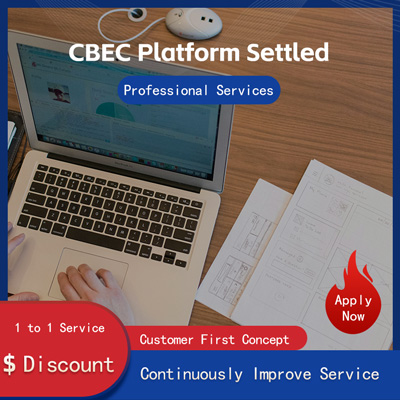
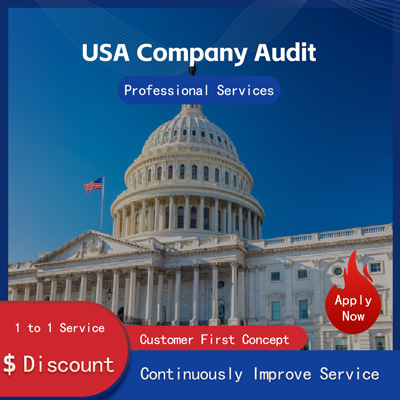
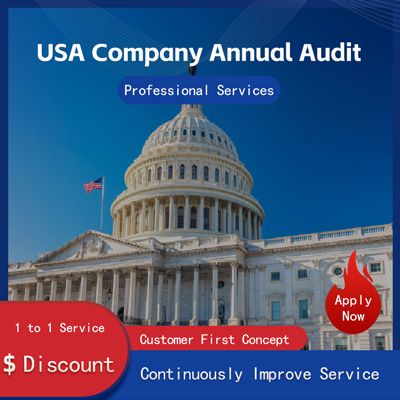

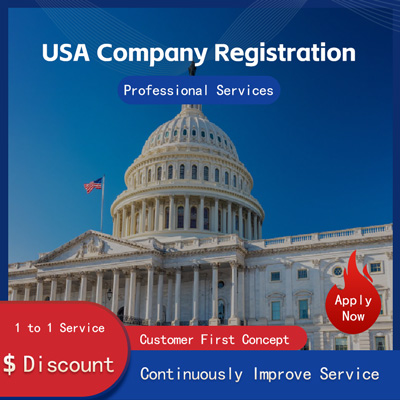

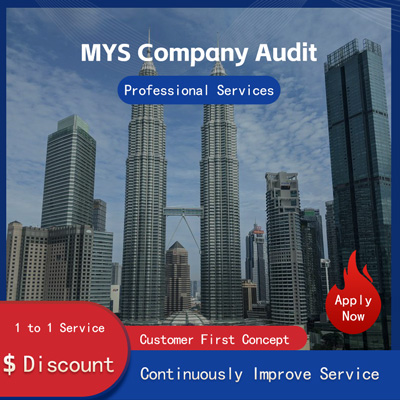
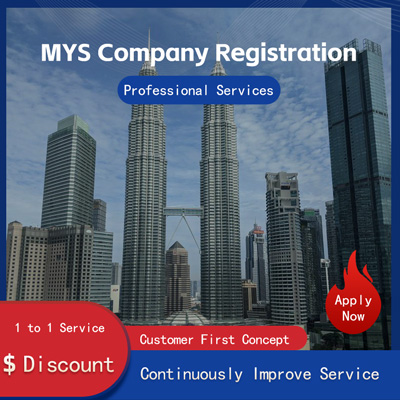
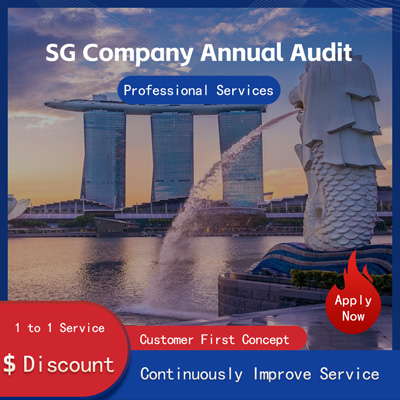
Customer Reviews
Small *** Table
December 12, 2024The experience was very good. I was still struggling to compare it with other companies. I went to the site a few days ago and wanted to implement it as soon as possible. I didn't expect that everything exceeded my expectations. The company is very large, with several hundred square meters. The employees are also dedicated and responsible. There is also a wall of certificates. I placed an order on the spot. It turned out that I did not make a wrong choice. The company's service attitude is very good and professional. The person who contacted me explained various things in detail in advance. After placing the order, the follow-up was also very timely, and they took the initiative to report the progress to me. In short, I am very satisfied and recommend this company!
Lin *** e
December 18, 2024When I first consulted customer service, they recommended an agent to me. They were very professional and patient and provided excellent service. They answered my questions as they came in. This 2-to-1 service model is very thoughtful. I had a lot of questions that I didn’t understand, and it’s not easy to register a company in Hong Kong. Fortunately, I have you.
t *** 7
December 19, 2024I originally thought that they only did mainland business, but I didn’t expect that they had been doing Hong Kong business and were doing very well. After the on-site interview, I decided to ask them to arrange the registration of my Hong Kong company. They helped me complete it very quickly and provided all the necessary information. The efficiency was awesome. It turns out that professional things should be done by professionals.👍
b *** 5
December 16, 2024In order to register a company in Hong Kong, I compared many platforms and stores and finally chose this store. The merchant said that they have been operating offline for more than 10 years and are indeed an old team of corporate services. The efficiency is first-class, and the customer service is also very professional.